
IPL: Wide, dot or six...decoding the ‘line of control’

One of the stats that I came across, courtesy statistician N Karthikeyan, is that as many as 312 wides have been bowled in 38 matches in the ongoing IPL while the whole of last season saw 410 wides being bowled in 60 matches.
How often do you see a captain applauding the bowler for delivering a wide? This IPL has witnessed such rare moments when captains, even the most demanding of them like a Virat Kohli, have kept their composure after the bowler had sent down a wide in an attempt to execute the wide yorker outside the off-stump.
One such instance: KKR skipper Dinesh Karthik clapped from behind the stumps when young Prasidh Krishna, on his IPL debut, bowled a wide against Mumbai Indians' Hardik Pandya in the last over of their innings at the Wankhede on Sunday.
The umpires, who have been under the scanner with the inclusion of DRS, have been frequently tested by bowlers who seem ‘happy’ to concede a wide instead of a six in their quest to bowl a dot ball.
Kings XI Punjab pacer Mohit Sharma’s last over to Chennai Super Kings' skipper MS Dhoni, who was hampered with a bad back in that match, at Mohali is a case in point.
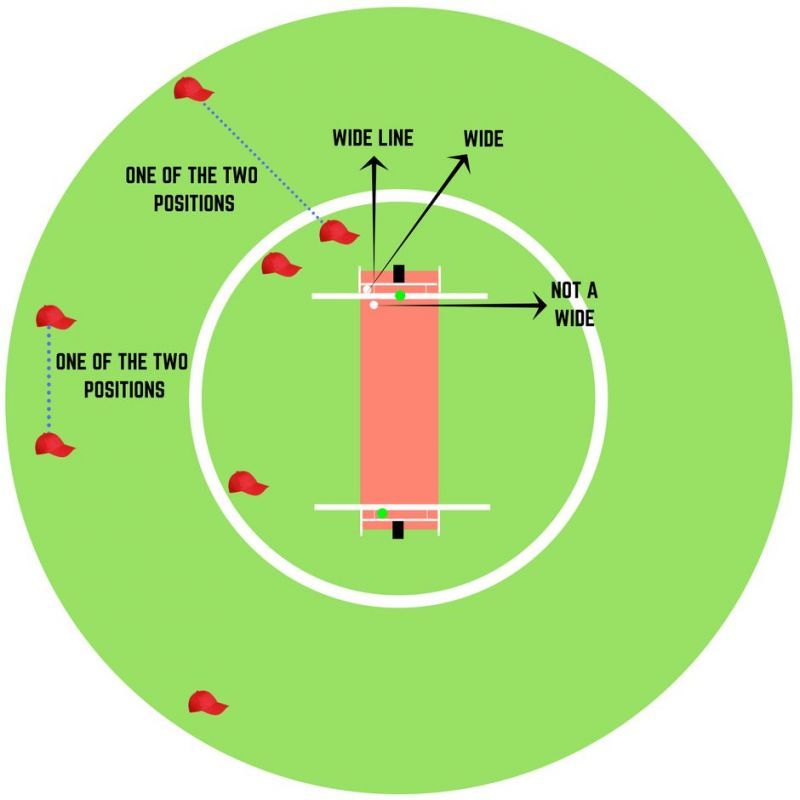
16 runs to defend off five balls against a raging Dhoni is a tough ask for any bowler. But Mohit backed himself to execute the ‘line of control’ to perfection. He got underneath Dhoni’s bat in the first occasion for a dot, repeated the same again the next time but it was too wide.
What should Mohit do now? “Isn’t it okay to concede a wide hoping for a dot instead of bowling at the batsman and getting hit for a six?” quips a renowned talent scout in the IPL.
Mohit stuck to his plan. But Dhoni, a class act, squeezed it through point for a four. Yet, an experienced Mohit, who blossomed under Dhoni as a death-overs specialist, wasn’t rattled. The 29-year-old pacer followed it up with another wide yorker and a dot ball. The fifth one was more edge-of-the-line stuff, Dhoni connected but didn’t have enough power to beat the deep fielder at backward point.
The strategy grants Dhoni or any other batsman for that matter a single but that's more or less a win for the bowler given the context.
One ball, 11 to win: Mohit bowled one straight at Dhoni and was happy to concede a six and walk away with a four-run victory.
“Generally a batsman targets the long on to midwicket range. Deny them what they like by bowling a wide one. If you are trying to bowl a wide yorker or back-of-a-length stuff closer to the wide marker and then end up bowling a wide, it’s fine. The thought process is right and it’s okay to persist with it and ensure it is executed properly. People are ready to take that chance,” says another scout involved in the IPL.
But what happens if the ‘happy to concede a wide for a dot’ plan isn’t executed to perfection? RCB pacer Mohammed Siraj’s penultimate over to Dhoni in the RCB-CSK match at Bengaluru explains how the strategy could prove to be a double-edged sword.
Dhoni, who had set himself up for the wide yorker, sliced the fifth ball of the over, a wide low full toss, over point for a six. Let’s not forget, Siraj is quick.
Last ball and Siraj, who had probably realised by then that Dhoni was aware of his plan, bowls a slower bouncer but it ends up over Dhoni’s head and is deemed a wide. Siraj again goes back to his ‘master’ plan. The wiry Hyderabad pacer sent down two successive wide deliveries but both were too wide for the umpire’s liking. That’s three runs conceded without bowling a delivery!
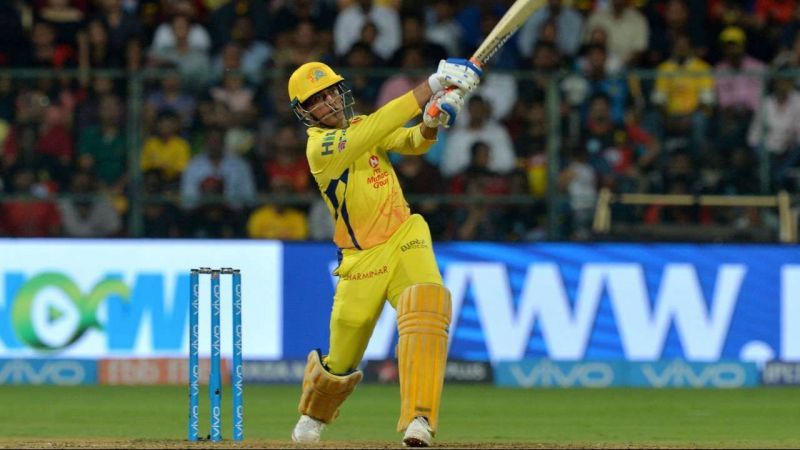
Now, imagine, what if Dhoni had connected with one at that juncture? Siraj finally bowled one fast and straight at Dhoni and the latter scored two runs. Five runs conceded in one ball without much risk taken by the batsman.
The ploy certainly has its element of risk as an outside edge or a bottom edge could well result in a boundary. Captains thus far have executed this strategy only to specific batsmen or in specific situations.
Shane Watson, Dwayne Bravo, Mustafizur Rahman, Bhuvneshwar Kumar, Shardul Thakur, Mohit, Jofra Archer, Andrew Tye and many others have resorted to the ‘bowl wide’ strategy at various junctures.
Leg-spinners Yuzvendra Chahal, Amit Mishra and Imran Tahir too have adopted such a plan and have tasted reasonable success.
Chahal has induced errors from many batsmen with his loopy, slow through the air deliveries pitching well outside the off-stump and turning further away on a relatively dry wicket at the M Chinnaswamy Stadium. He then slips in the googly or the slider to bring the element of doubt into the batsman’s mind.
Mishra frustrating a hot Andre Russell was a treat to watch. The West Indian, known for clearing his left leg and swatting everything towards the on-side, couldn’t get a proper piece of the Delhi spinner.
Mumbai Indians southpaw Evin Lewis was irritated by Tahir who sent down googly after googly away from his slogging bat.
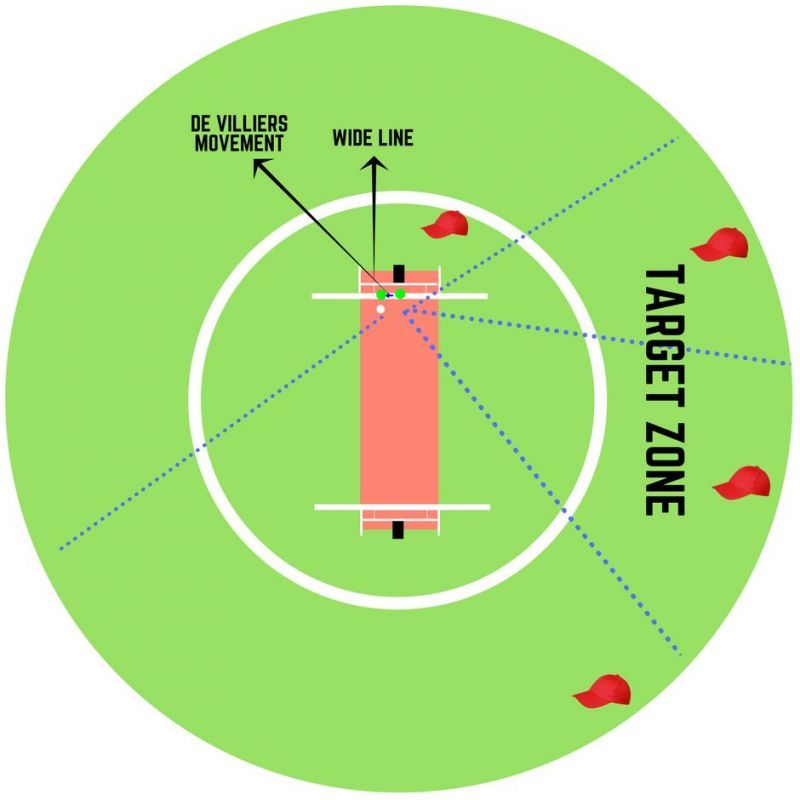
But then there is AB de Villiers. The 360-degree batsman showed what his dancing shoes could do to any quality spinner. ABD jumped and shuffled across the stumps and whacked the spinners – leggies and left-armers, behind square past the man at short fine-leg. On odd occasions, he too can lose balance and get stumped while attempting a reverse sweep.
Is such a strategy (bowl wide) coupled with perfect execution from the bowler enough to be successful during the match?
The field set up should be as good as the bowler’s skill to ensure the ploy remains effective. Remember Dhoni’s master-stroke against Kieron Pollard in the 2010 IPL final?
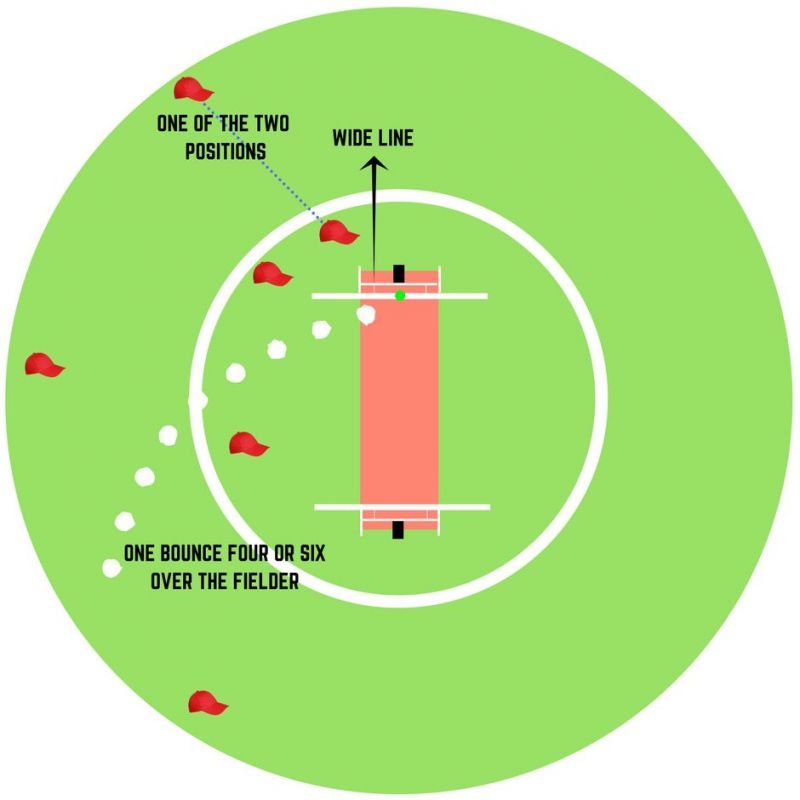
Usually, the sweeper cover finds himself between point and the cover/extra-cover fielder, inside the circle, with a long-off in place. Just a chip over the cover or to the right or left of the fielder would invariably give the batsman a ‘one-bounce into the fence’ boundary.
However, when Chahal gets set to deliver his wide leggies, there is a short-third man, a backward point and a cover (more towards point) all inside the circle and the cover, rather extra cover, who generally hangs at the edge of the circle, is pushed back towards the boundary.
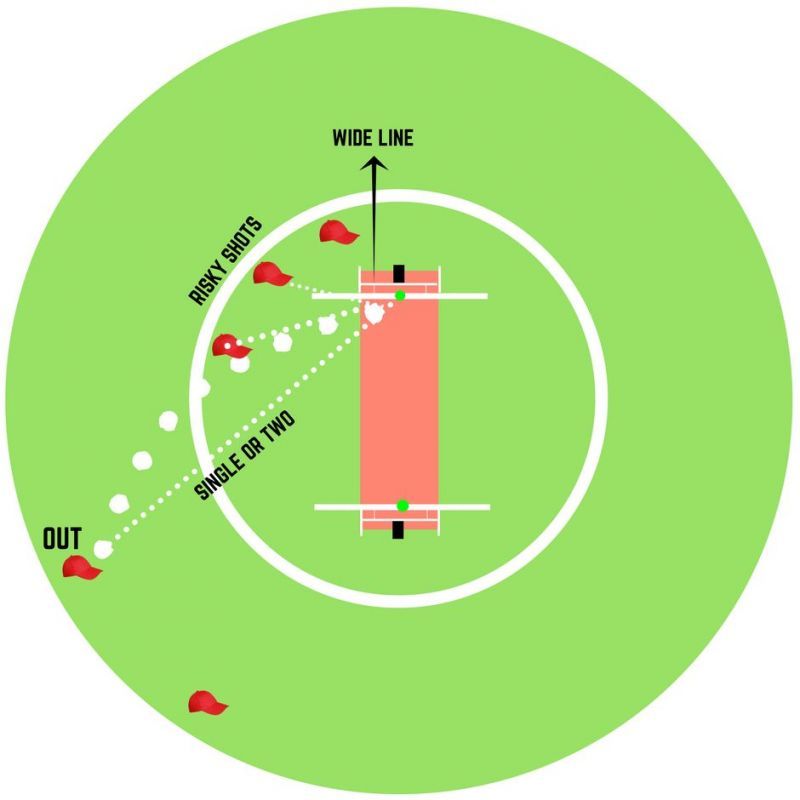
A tossed up, widish delivery, if hit hard would result in a single or a two unless the batsman really shuffles across and strikes it crisply over the fielder.
Punjab’s David Miller follows this mantra when he has a bat in his hand: “If it's in the V, it's in the tree; if it's in the arc, it's out of the park.”
Thus, Delhi Daredevils’ Dan Christian decided not to feed the South African southpaw deliveries in his hitting zone (which is between long on and mid-wicket).
Christian set a field similar to that which was mentioned for Chahal earlier. Christian, from around the wicket, delivered it wide and Miller, with the flow, thrashed it over covers.
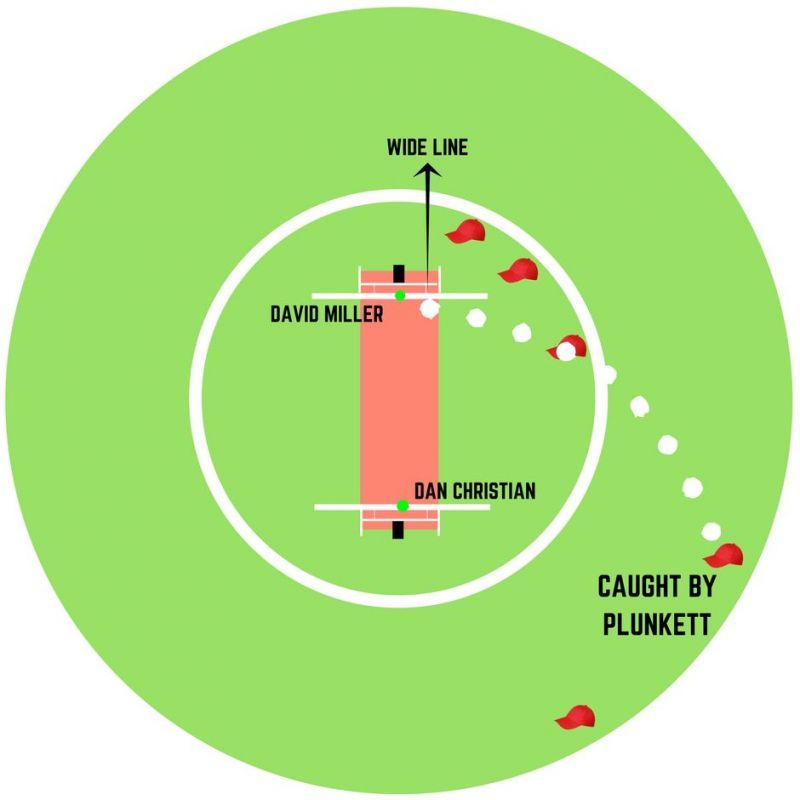
Under usual circumstances, it would have been a boundary or a flat six. Instead, Miller found Liam Plunkett right at the edge of the cover boundary.
“It’s about trying to eliminate someone’s stronger zones. Miller can hurt you on on the on side. So don’t give it there and bowl wide but with a proper field in place so that the plan takes shape. Every team have such plans these days and they are willing to innovate at every single opportunity,” says the scout.
RCB’s Tim Southee adopted the same strategy for Mumbai's Krunal Pandya successfully. On the contrary, Rajasthan Royals’ Dhawal Kulkarni and Ben Stokes bowled similar lines to a marauding Rishabh Pant with the cover fielder inside the ring and ended up conceding a flurry of fours.
What would usually be a boundary becomes either a single or a two with a 'straightish' cover at the fence and it impacts the outcome of the match in a significant manner when such a field is employed to this ‘bowl wide’ strategy.
Be it a foot fault from a bowler or a batsman trying to make the crease, the “line certainly belongs to the umpire.” But when it comes to dealing with wide calls, the umpires at times are a touch harsh on certain tight decisions.
Yet, bowlers have shown their willingness to concede that extra run to reap success in the larger context and are certainly trying their best to master the ‘line of control'.